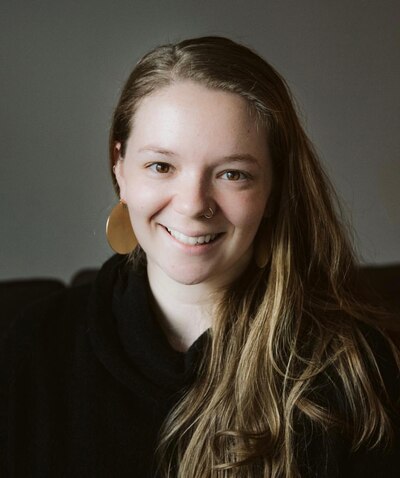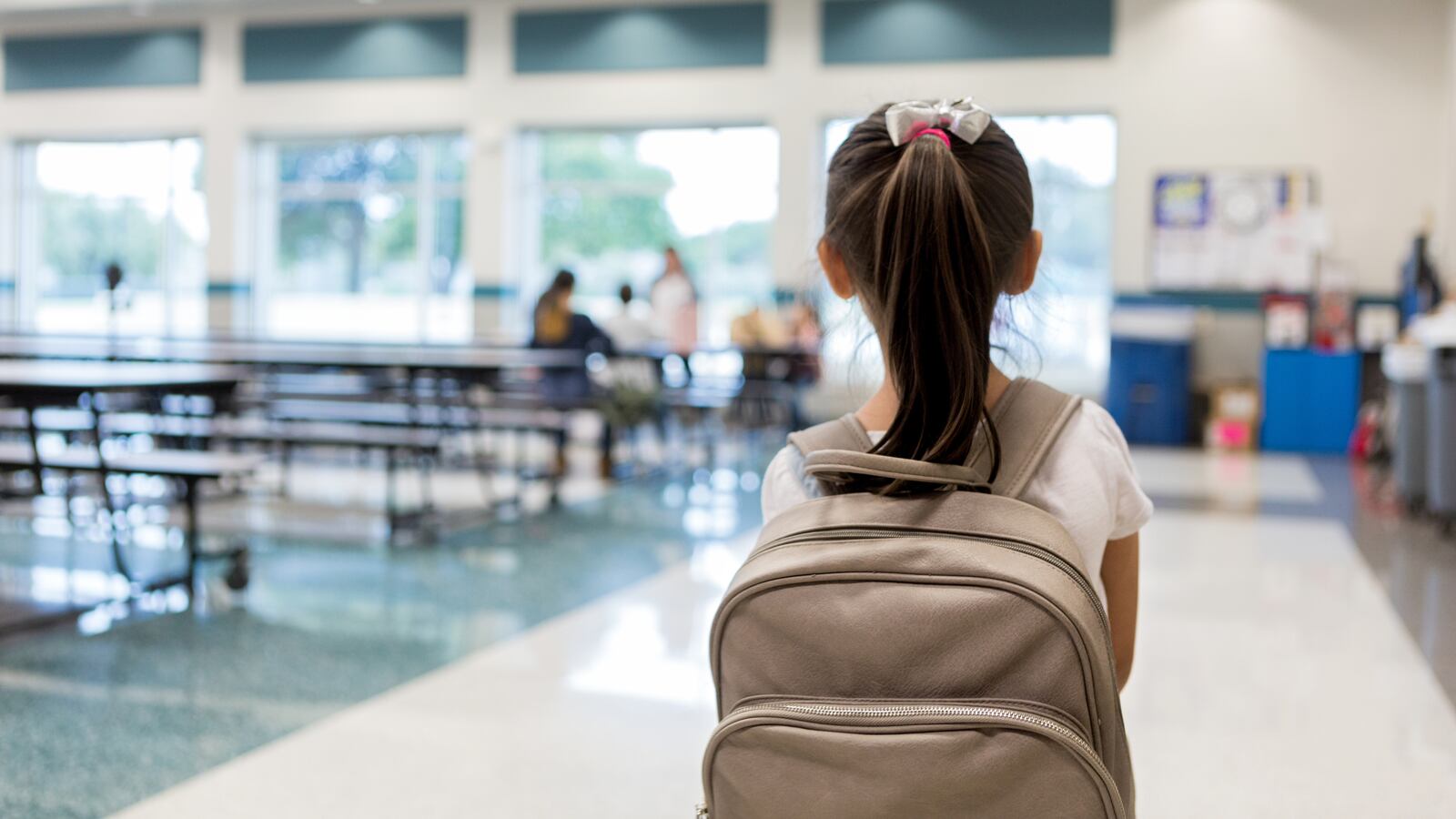A new student recently arrived in my third grade classroom in tears. She missed her mom, who was back in Colombia, she told me. She cried from 8 a.m. until lunch. The other students stared. Some cried, too. Some offered hugs. We all felt the heaviness of the moment.
I tried every trauma-informed technique I knew to comfort her: We took deep breaths, she visited our peace corner, I lent her a teddy bear, we looked at some calming books, and she wrote a letter to her mom. Despite my efforts, this child was inconsolable, and I could not just continue teaching. Our school’s lone social worker was dealing with cases that had already escalated into crises. I felt woefully unprepared.

I teach at a community school in Washington Heights where, like most New York City schools, we’ve recently received a dramatic increase in immigrant students. Unfortunately, it feels like we are failing them from the minute they walk through our school doors.
As teachers, we have a lot of training in literacy and math instruction. What we’re missing is what to do when trauma interrupts our teaching. Through my work with the City University of New York Initiative on Immigration and Education, I recently published this guide on trauma-informed practice for educators. I’ve been fortunate to gather resources and training on techniques that can support my newcomer students.
But even my practice isn’t enough to get teachers and students through this crisis. We need more social workers in our schools. Because if we don’t address their trauma now, these children won’t be able to get through the day, let alone learn.
Our one social worker for 450 elementary students does not have time in her overflowing caseload to do an intake with every new child. And our school is better than some in New York’s Department of Education. In 2023, there were about 907,000 students enrolled in NYC Public Schools, not including charters. There were around 2,000 social workers, according to the department’s press office. Like at our school, that’s roughly one social worker for every 450 students.
Instead of receiving trauma-informed resources and training from the city, I receive paperwork to fill out. Almost immediately, I must evaluate migrant students’ reading levels: Do they need English as a New Language services? I have to quiz them in math and determine if they will need intervention. I have to find out if they’ve been out of school and, if so, for how long. I am allowed to provide these students basic necessities, such as school uniforms or snacks from the teacher’s lounge if they have not eaten that morning, but a social worker could do so much more.
With more social workers, our school could offer consistent counseling to new students and their families, with periodic check-ins to monitor their mental and physical health and their academic progress. They could do more home visits and provide more preventative, rather than crisis, mental health care. They could take the time to really get to know families and build trust with them.
Due to time constraints, my own conversations with new families must be brief. I usually duck into the hallway to meet a parent or a relative who tells me stories of persecution, famine, poverty, or natural disasters that drove them to seek refuge in the United States. If I had time to linger, I might be able to understand the root causes of their child’s trauma. I could relay this information to a social worker who could apply their training when time permits.
Instead, I try to convince the family that their child will do just fine in my classroom, and then I have to return to teaching the rest of the class. When a child continues to cry, their tears remind me that they need more than milk and a math assessment.
On the same day I was trying to console our newest student, I got an email from the school district about Saturday School. I couldn’t help but think how the education system’s priorities were so backward.
Many schools in New York City run programs like Saturday School that help promote academic and test-taking skills. Where I work, we typically choose students who need a little extra help in math or reading and set aside money for curriculum and staff to run a remedial program. Our new arrivals are often considered for this academic support.
But how can we possibly be expecting these students to attend Saturday School for tutoring when they can barely get through school on a weekday?
Another “urgent email” recently came across my screen while I was reading a gut-wrenching article about the 11-year-old migrant who apparently died by suicide in a New York City shelter a few weeks ago. As I scrolled through, holding back tears, I saw the education department’s mandatory “Remote Learning Protocol” reminder pop up on my screen. That meant I had to reshuffle my schedule that day to ensure that students took computers home, that I assigned work in Google Classroom, and that parents had their passwords “just in case.”
Saturday School. Technology for every child. All of these are great initiatives and have their purpose. But what if, instead of test prep and technology, we use these resources to hire social workers and trauma counselors? What if there was time in every school’s schedule for social-emotional check-ins and self-care small groups? In the wake of a nationwide migrant mental health crisis, we must prioritize our students’ mental health before their ability to answer multiple-choice questions or log in to a Chromebook.
Ashley Busone Rodríguez is a third grade bilingual teacher at an elementary school in New York City’s Washington Heights neighborhood. She’s also a project researcher and instructor at the CUNY-Initiative on Immigration and Education. She has 50 students on her roster between two classes, and 11 of them were new to the country last school year.


